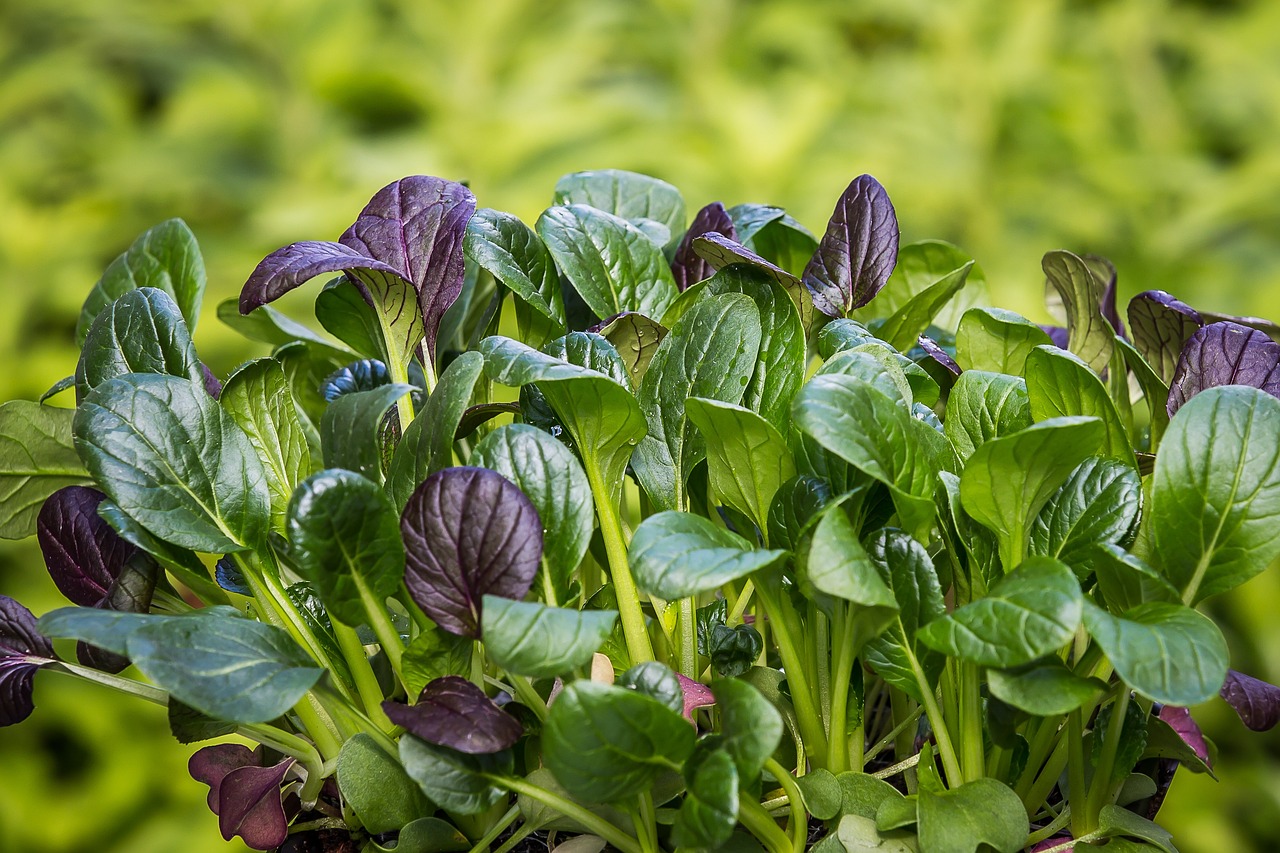The Art of Food Pairing: Matching Wine and Food Like a Pro
When it comes to food and wine pairing, the goal is to create harmony between the flavors of the dish and the characteristics of the wine. One fundamental principle to remember is that the wine should complement, rather than overpower, the flavors of the food. This means considering factors such as the acidity, sweetness, and intensity of both the dish and the wine.
In order to achieve a successful pairing, it’s important to pay attention to the weight and texture of both the food and the wine. Lighter dishes tend to pair well with lighter wines, while heavier dishes may call for fuller-bodied wines. Additionally, considering the dominant flavors in the dish and the wine can help guide your pairing decisions. By understanding how different elements interact with each other, you can enhance the dining experience and create a more enjoyable combination of food and wine.
Understanding Flavor Profiles in Food and Wine
When it comes to pairing food and wine, understanding flavor profiles is essential. Different foods exhibit a variety of flavors, ranging from salty and savory to sweet and spicy. Similarly, wines can be classified based on their flavor profiles, which include descriptors like fruity, oaky, or acidic. By matching complementary flavors in food and wine, you can enhance the overall dining experience and create a harmonious balance on the palate.
Each food and wine has its own unique set of flavors that can either clash or harmonize when paired together. For example, a hearty steak with bold flavors would pair well with a full-bodied red wine that can stand up to the richness of the dish. On the other hand, a light and delicate seafood dish might be better complemented by a crisp and acidic white wine. Understanding how different flavors interact and affect one another is key to creating successful food and wine pairings that elevate the dining experience.
What is a flavor profile?
A flavor profile refers to the combination of tastes, aromas, and textures that make up a particular food or wine.
How can understanding flavor profiles enhance the dining experience?
Understanding flavor profiles can help you choose food and wine pairings that complement each other, enhancing the overall dining experience.
What are some common flavor profiles in food?
Common flavor profiles in food include sweet, salty, sour, bitter, and umami.
What are some common flavor profiles in wine?
Common flavor profiles in wine include fruity, acidic, tannic, and oaky.
How can I learn more about flavor profiles in food and wine?
You can learn more about flavor profiles by experimenting with different food and wine pairings, attending tastings, and reading about food and wine pairing recommendations.





